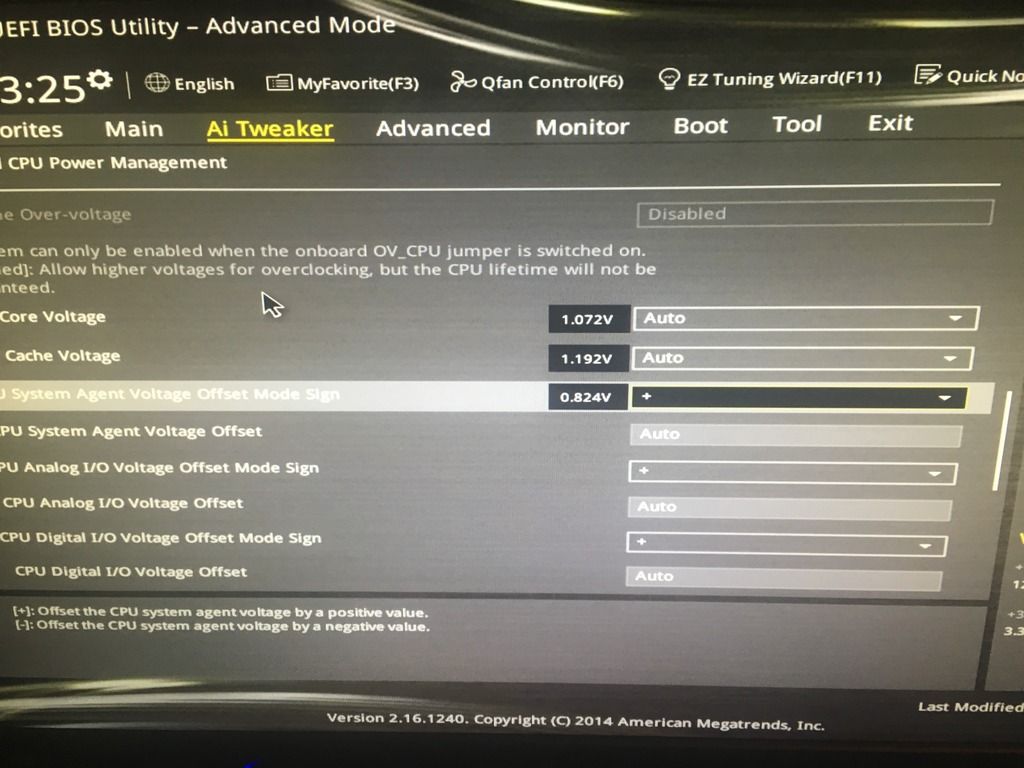archer21
1) The only objective method of controlling operation modes of electrical systems is the measurement of their parameters using the last metrological verification of measuring instruments. Built-in device hardware and software control of their settings are intended only to indicate a fault and can be of any metrological error.
2) Acceptable for the normal operation of the device or individual node range of supply voltages and temperatures indicated in the technical documentation to them, and at the exit of these parameters exceed the limits device performance can not be guaranteed until sudden failure.
Documentation and at least information on the recommended and maximum permissible operating conditions can be found on the device manufacturer, and if you did not find them there, then consult a tech support department specialists or engineers your nearest manufacturer's service center.
Admission to these parameters is laid in the scheme in their design is not so great to arbitrarily change the mode of the device, but it is sufficient to account for the spread of technological parameters of their elements.
3) With regard to the reliability of measurement CPU-Z, AIDA64 programs, with respect to CPU-Z please tell me how a Core 2 Duo E8500 runs with frequent bus and 333 MHz (multiplier of 6.0 - 9.5) can operate at a clock frequency of 6.8 GHz?

And such "measurements" in their base a good 80% - 90%.
The same is true of AIDA64 - its authors used measurement technique has not been formally guarantee reproducible results and, in many cases, the testimony of the program differ from the data of devices in a few times.
This information programs designed to give a general idea about the device and more of them require pointless, and as reader hardware monitoring sensors, then CPU-Z certainly believe it is necessary because it reads the value of the VID (really do not know what), and rightly so: ), and 4.5 Decade digital voltmeter double integration accuracy class of 0.01 on the same card can not be trusted because its measurements differ from the readings of standard programs.






